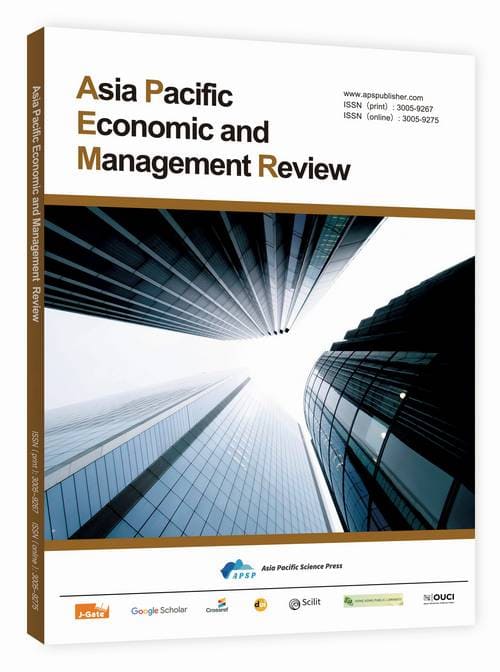Problems and Countermeasures of the Profit Model of Sanquan Food
DOI:
https://doi.org/10.62177/apemr.v2i5.824Keywords:
Profit Model, Financial Analysis, Competitive AdvantageAbstract
In the fierce competition of the past few years, the profit model of the frozen food industry has shortcomings, with declining profitability. The profit model urgently needs to be optimized to expand profits and maintain the long development of the enterprise. This article takes Sanquan Food as a typical example and studies the profit model of Sanquan Food based on a review of domestic and foreign literature and related concepts. This article starts from the five components of the profit model and, based on the financial data of Sanquan Food from 2018 to 2022, conducts a financial analysis of each component of its profit model.According to analysis, it was found that the profit model of Sanquan Food has a serious homogenization of profit points, mainly concentrated in traditional rice and noodle products; The source of profit is single, with the main revenue being distributed by major offline retail supermarkets; The cost of various expenses has sharply increased, and the proportion of expenses such as raw materials and transportation has increased; At the same time, the cost of profit leverage is high. Based on a comprehensive analysis of the company's financial situation, suggestions were made to address the issue, suggesting that Sanquan Food actively develop new products and seek new profit growth points; Enriching business methods to create profit sources; Controlling costs and utilizing profit leverage to increase profits; Expand customers and improve customer loyalty; Innovate marketing methods, expand sales channels, improve logistics and transportation systems, and strengthen core competitiveness.
Downloads
References
Ben-Hsienhao. (2018). The business model: Recent developments and future research. Journal of Management, 37(4).
Wise Geek. (2020). The relationship among environment performance, R&D expenditure and corporate performance: Using simultaneous equation model. Quality & Quantity.
Yan, P. (2019). Competing with dual business models: A contingency approach. Academy of Management Executive, 18(3), 26–36.
Buzacott, J. A., & Zhang, R. Q. (2004). Inventory management with asset-based financing. Management Science, 50(9), 1274–1292. DOI: https://doi.org/10.1287/mnsc.1040.0278
Wei, S. U. N., et al. (2004). Business models and solution architectures for SMB financing in a supply chain ecosystem. In The proceedings of the IEEE International Conference on E-Commerce Technology for Dynamic E-Business (pp. 130–133). China. DOI: https://doi.org/10.1109/CEC-EAST.2004.26
Stiglitz, J. E., & Weiss, A. (1981). Credit rationing in markets with imperfect information. The American Economic Review, 71(3), 393–410.
Hartley-Urquhart, R. (2006). Managing the finance supply chain. Supply Chain Management Review, (9).
Aberdeen Group. (2006). Supply chain finance benchmark report [Report].
Kaplinsky, R. (2000). Globalization and unequalisation: What can be learned from value chain analysis? Journal of Development Studies, 37(2). DOI: https://doi.org/10.1080/713600071
Arndt, S., & Kierzkowski, H. (Eds.). (2001). Fragmentation: New production patterns in the world economy. Oxford University Press. DOI: https://doi.org/10.1093/oso/9780199243310.001.0001
Kaplan, R. S. (2002). Building strategy focused organizations with the balanced scorecard. Balanced Scorecard Collaborative, Inc.
United Nations Industrial Organization. (2002). Industrial development report 2002/2003 overview [Report].
Downloads
How to Cite
Issue
Section
License
Copyright (c) 2025 Tongtong Han

This work is licensed under a Creative Commons Attribution-NonCommercial 4.0 International License.

















